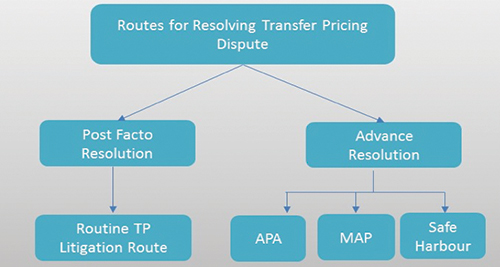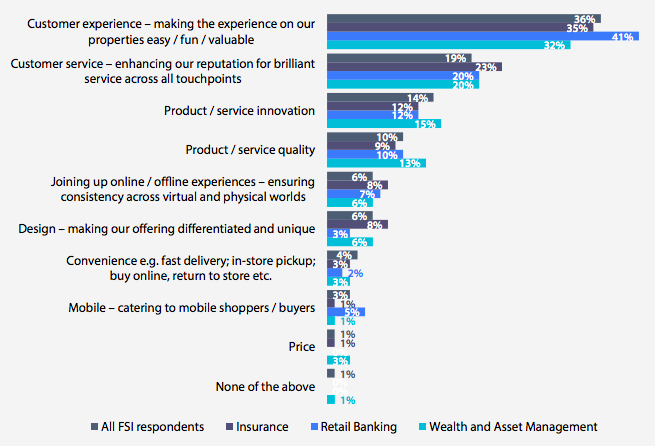

The following figure shows the horizontal PCC of price effect in the case of necessary goods. This is the positive earnings impact as a result of with the autumn in the price of the Giffen good X, its quantity demanded is reduced by DE by way of compensating variation in earnings. In different words, it is positive with respect to price change, that’s, the autumn within the value of excellent X leads, by way of the income impact, to a lower in the amount demanded. On the opposite hand, the unfavorable substitution effect will enhance the amount demanded of X.
- At this level, the market worth is adequate to induce suppliers to deliver to market that same amount of goods that customers might be willing to pay for at that value.
- Given their privileged access to domestic finance , larger firms stand less to gain from financial openness, in apparent contradiction of the models of scale economies.
- Thereafter, a fall within the worth led to a reduction in their quantity demanded.
There are several types of price effect that can affect the behavior of investors and traders in financial markets. One of the most common types is the income effect, which refers to the impact of changes in income on the demand for securities. When investors have more income, they are more likely to buy securities, which can increase their demand and price.
Price Effect Calculations
With the increased real income the consumer can purchase more of a commodity—this is the income effect of price change which may be positive or negative. The substitution effect always results in a decrease in the quantity demanded when prices rise. The second reason why higher prices lead to a lower quantity demanded is called the income effect. This occurs when a consumer’s real income decreases when prices increase. On the other hand, the time period “quantity demanded” refers to some extent together with horizontal axis.
A fall in the relative price of one commodity leads to an increase in the consumption of that commodity. Thus, the substitution effect refers to the substitution of a cheaper commodity for the dearer one. It influences the consumer’s purchasing behavior by inducing him to buy more of the cheaper commodity.
How the price effect is broken up into substitution effect and income effect through the method of compensating variation in income is illustrated in Fig 8.43. Price Effect for Giffen GoodsIn fig, The X-axis shows the quantity of Giffen Commodity-1 and the Y-axis shows the quantity of Commodity-2. The change in price results in the substitution of a relatively cheaper commodity for the relatively dearer one.
Similarly, again when price decreases, the budget line AB1 will swing rightward to AB2, and the consumer will be equilibrium at point E3 on the upper indifference curve IC3. At this new equilibrium point, the consumer has consumed more units of good X and reduced the consumption of good Y. Now this price effect can be decomposed into income effect and substitution effect. In order to separate them we remove the influence of the rise in real income caused by the price change.
These tests examine how the stock price effects of an event are related to firm characteristics. For a cross-section of firms, abnormal returns are compared to (e.g., regressed against) firm characteristics. what is price effect This provides evidence to discriminate among various economic hypotheses. The position of these two groups in relation to financial liberalization depends on their endowments.
4 Price Effect and Quantity Effect AP Micro
Price effect is said to be the summation of income effect and substitution effect. One of the most basic examples of a price effect can be seen in everyday grocery shopping.
Therefore, the greater purchase of commodity at a constant price point results in a situation of increase in demand, or forward shift in the demand curve. Thus the relation between price and quantity demanded being inverse, the substitution impact of a value change is all the time unfavorable, actual income being held fixed. With an upward sloping provide curve and a downward sloping demand curve it’s easy to visualize that sooner or later the 2 will intersect. At this level, the market worth is adequate to induce suppliers to deliver to market that same amount of goods that customers might be willing to pay for at that value.

In the case of substitutable goods, the PCC is downward sloping, showing a positive relationship between change in the price of one commodity and change in demand of its related commodity. The following figure shows the price effect in the case of substitute goods and the downward sloping price consumption curve. In economics, the price effect is the change in quantity demanded of a good or service caused by a change in its price. The term can be used to describe either an increase or decrease in demand as a result of a price change. The price effect is one of the most basic concepts in microeconomics and helps to explain how changes in prices impact consumers’ spending patterns.
Those goods are essential or necessary for neutral goods whose quantity demand will not depend on the price. It means the rise and fall in the price do not affect the demand for necessities. The price consumption curve in the case of neutral good is parallel to X-axis. Here, we take the combination of normal good and essential or a neutral good . We are interested to see the effect of change in the price of good X on the consumer’s equilibrium.
In the case of INFERIOR PRODUCTS, however, the income and substitution effects work in opposite directions, making it difficult to predict the effect of a change in price on quantity demanded. The decrease in Price of Complementary GoodsSuppose, the initial price of soda is Rs.100 and the quantity demanded in the market is 10 units. If the price of whisky decreases, the demand for soda will increase to 20 units in the market at a constant price of soda.
What Is a Supply Curve?
Consumer’s preference for goods and services directly changes with the change in income of the consumer and prices of the goods. Therefore, here we will discuss the meaning of price effect, the effect of change in price on consumer preference, and the derivation of price consumption curve (price effect and price consumption curve-PPC). Thus the price effect is the result of two effects—the income effect and the substitution effect. These two effects of a fall in price can now be explained in terms of Fig.
Price Effect
A similar choice-based estimation could be used to explain the determinants of the type of agreement. However, in the presence of interdependence of PTAs and multiple choices an alternative approach may be required. Portfolio procedures seem less amenable to multivariate comparisons than do regression procedures, but the relative empirical merits of each in an event-study context have not been investigated. The second difference between the two approaches comes from the nature of the upper-level elasticity.
At the same time, MN is tangent to the original indifference curve l1 but at point H where the consumer buys OD of X and DH of Y. Thus PM of Y or Q1N of X represents the compensating variation in income, as shown by the line MN being tangent to the curve I1 at point H. Now the consumer substitutes X for Y and moves from point R to H or the horizontal distance from В to D. The substitution affect is always negative because when the price of a good falls , more of it would be purchased, the real income of the consumer and price of the other good remaining constant. In other words, the relation between price and quantity demanded being inverse, the substitution effect is negative. This is as a result of the value elasticity of the labor supply is positive—when costs rise, provide increases .
As his income increases, he buys SB of Y and OB of X at the equilibrium point S on P1, Q1, budget line and still more of the two goods TC of Y and ОС of X, on the budget line P2Q2. Usually, the income consumption curve slopes upwards to the right as shown in Figure 12.14. In the above analysis of the consumer’s equilibrium it was assumed that the income of the consumer remains constant, given the prices of the goods X and Y. Given the tastes and preferences of the consumer and the prices of the two goods, if the income of the consumer changes, the effect it will have on his purchases is known as the income Effect. If the amount of money income which was taken away from him is now given back to him, he would move from S on indifference curve IC1 to R on a higher indifference curve IC2. The movement from Son a lower in difference curve to R on a higher in difference curve is the result of income effect.
Now, suppose the price of X is reduced such that the budget line shifts to AB1 and the consumer reaches equilibrium at point E1 on IC2. The total price effect is, thus, X1X2 which can be split into substitution effect and income effect. In the case of an inferior good, income effect is negative since demand for it tends to decline as income rises. Companies may pay more annually due to standard of living adjustments. When economies are expanding or peaking, income usually rises with these economic cycles as companies report higher profits. This can have knock-on effects on the economy as lower demand can lead to job losses and less spending power for consumers whilst higher supply can create inflationary pressures.
We know that when the price of a commodity falls the real income of the consumer goes up. 2.38, AB is the initial budget line and M is the initial point of equilibrium. Corresponding to this equilibrium point, our consumer purchases OX1 of X. Now the price of X falls and the budget line shifts to AB x which is tangent to the higher indifference curve IC2 at point N. Thus, the movement from M to N is to be called the price effect, or in quantitative terms, it is X1X2. For example, if a 10% increase in price leads to a 5% decrease in quantity demanded, the price effect would be 0.5 (-5% ÷ 10%).
The price Effect shows the impact of both the income and substitution effect on the consumer equilibrium. The income effect is the change in demand for a good or service caused by a change in a consumer’s purchasing power, due to a change in real income. A demand curve plots the price on the y-axis and demand quantity on the x-axis. Income effect is when due to an increase in price the demand of a product falls for normal goods and is reverse for inferior goods. This means that a 1% increase in price would lead to a 0.2% decrease in the quantity demanded. Neoclassical economics links supply and demand to the individual consumer’s perception of a product’s value rather than the cost of its production.
Meanwhile, a shift in a demand or provide curve happens when an excellent’s quantity demanded or supplied adjustments although value remains the same. For occasion, if the worth for a bottle of beer was $2 and the quantity of beer demanded elevated from Q1 to Q2, then there would be a shift within the demand for beer. Now, we return the patron’s increased money income which had been taxed away earlier. The budget line shifts parallel to AB1 and the patron climbs up to a higher indifference curve IC2 and equilibrium happens at level N.
